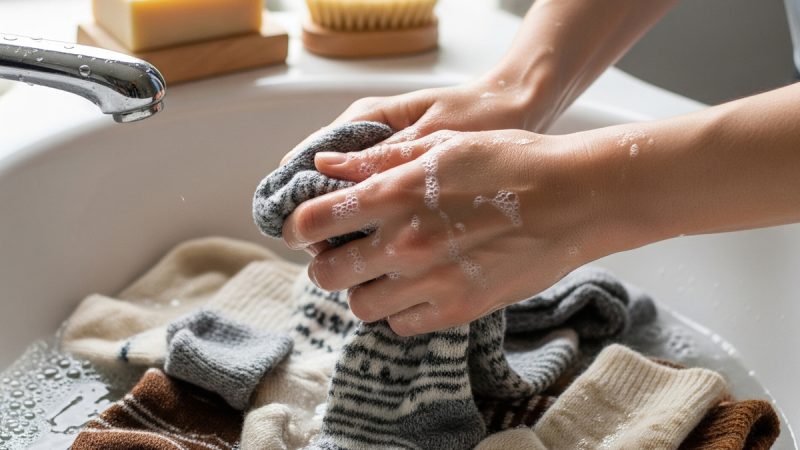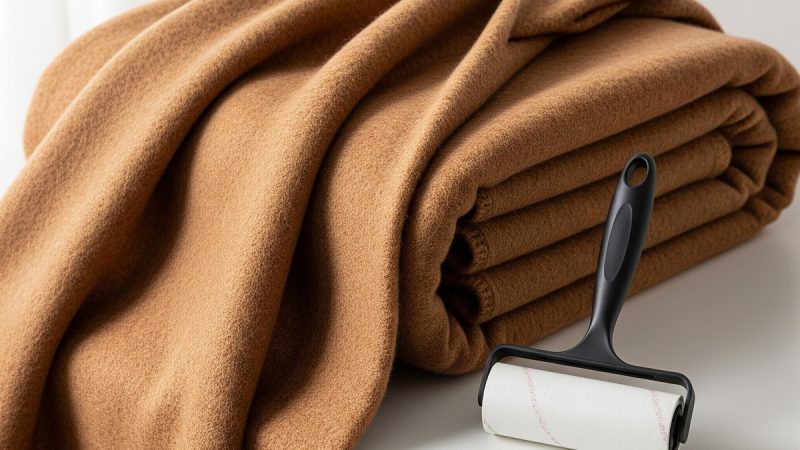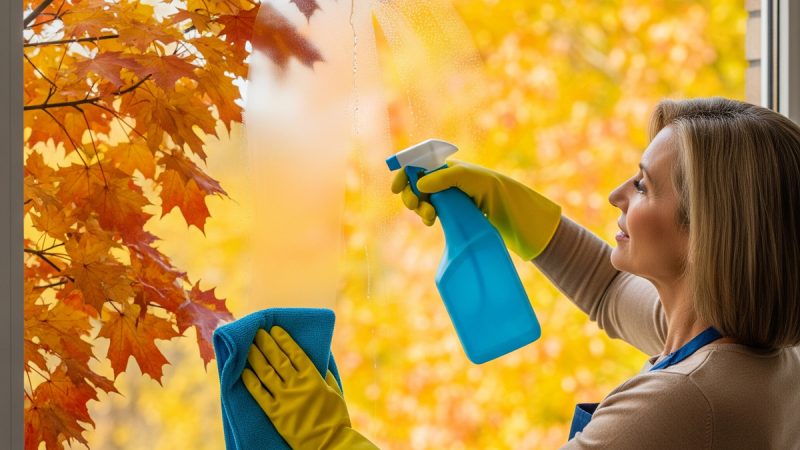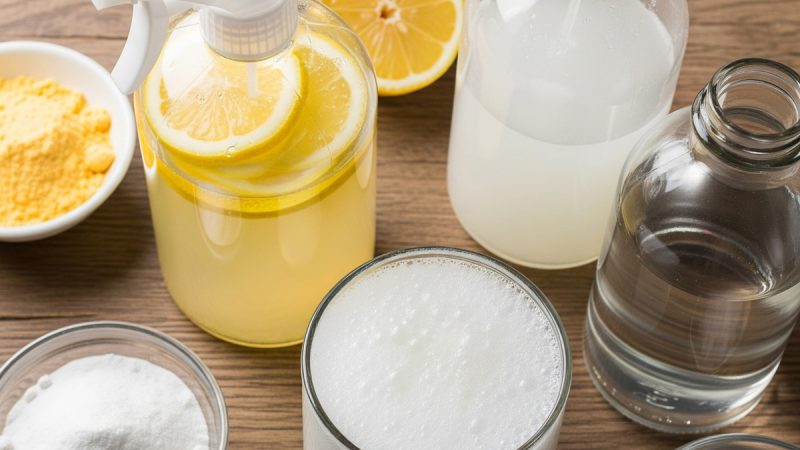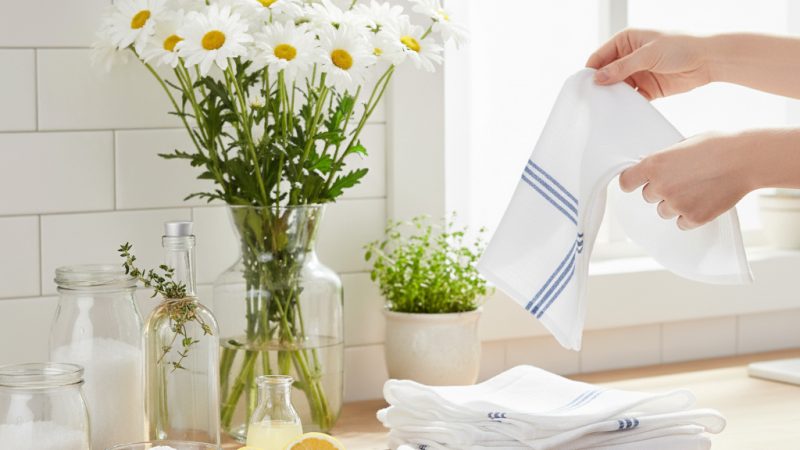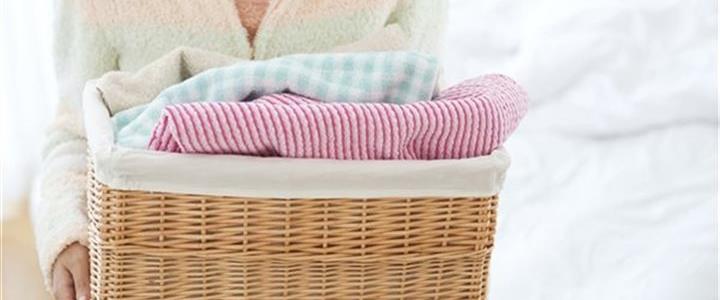Miscellaneous Cleaning Tips…pg3
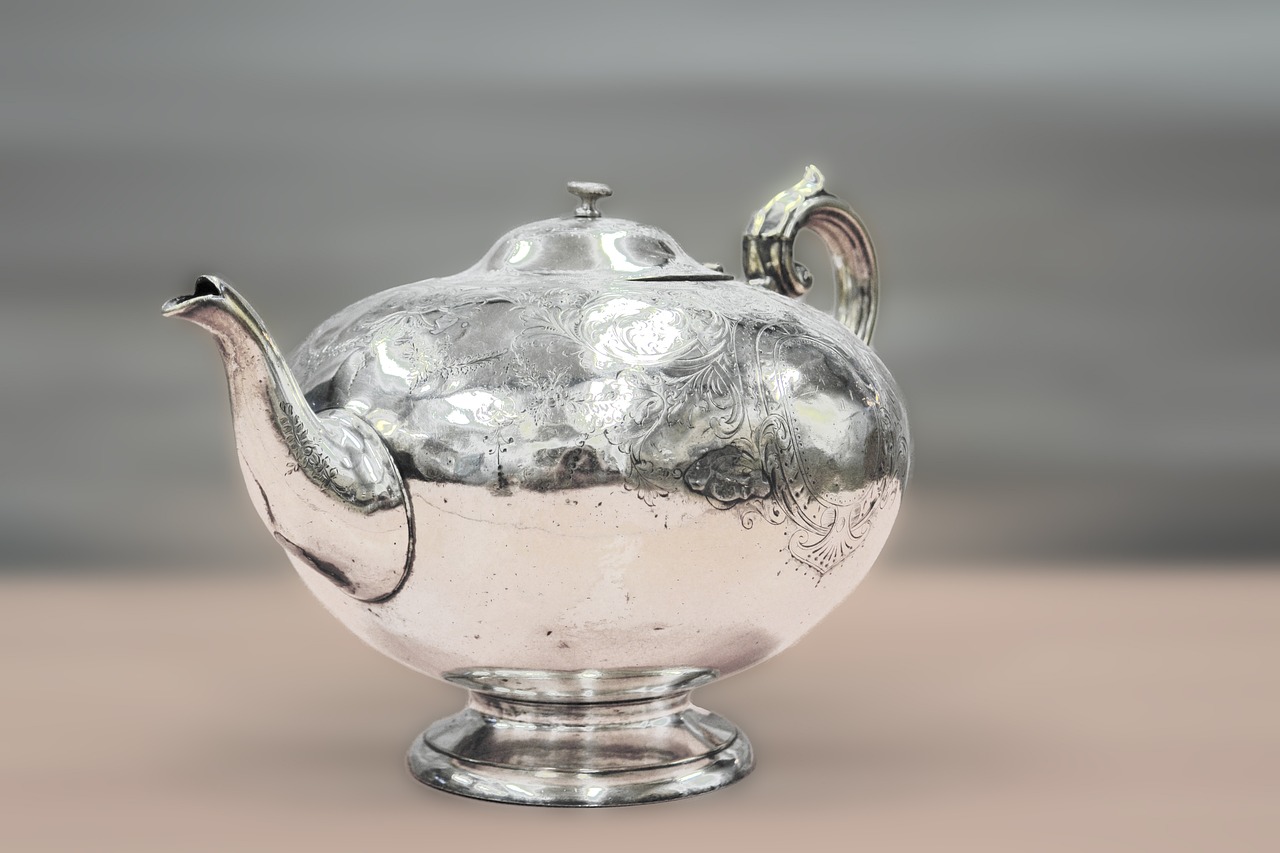
Miscellaneous Cleaning Tips.. pg3
Cleaning Silver
Methods of cleaning silver should be determined by the valued placed on it–monetary or sentimental–and the design of the pattern. Silver with deeply “carved” patterns that are enhanced by an oxide or French gray finish should be hand polished with a high quality silver cream or polish.
Hand rubbing develops patina on silver which adds to its beauty.
Ornamental silver pieces that have been lacquered may be washed in lukewarm water; hot water could remove the lacquer.
Cleaning Stone Fireplaces
If fireplace is to be used for family entertainment such as popcorn popping, or marshmallow toasting, etc.,it would be wise to have brick or stone fireplace front surface sealed so as to resist absorption of grease or oils, and smoky soot.
Smoke and soot may be removed from stone fireplaces by the TSP method. Be sure to wear rubber gloves to protect hands from strong alkalis. Dissolve 8 teaspoons (1/2 cup) Trisodium Phosphate (TSP) in 1 gallon of hot water. With stiff scrub brush, scrub stone surface. Rinse with plenty of warm water. Repeat if soot or greasy stain not removed. More TSP may be added if necessary, up to 1 cup per gallon. This is a very strong solution; avoid getting on skin, carpet, or fabrics.
Caring for Wrought Iron
A protective coat of liquid wax will make cleaning easier and retard rusting. Do not use liquid wax on fireplace accessories because it is flammable.
Renovation of Old Feather Pillows
Due to the high cost of feather/down pillows, which some people prefer because they can “punch” them into shape, there has been a resurgence of renovation of old feather pillows and even old feather beds. If old and badly soiled, feathers can be removed from ticking and washed separately in a pillowcase with open end sewed shut.
Some dry cleaners or commercial laundries have purchased machines which will clean old feather pillows and remove broken bits of feather and dust; they will put the clean feather into new ticking. It may take up to 4 old feather/down pillows to make 3 new clean, fluffy ones. Check locally to see if this special service is available. It will give you better results than trying to wash and restore old feather yourself.
Vinyl Upholstery–Cleaning
Regular Cleaning
Wash with mild detergent and water. Use a soft bristle brush for stubborn soil. Rinse and dry. Some household cleaners and solvents remove plasticizers from vinyl, making them brittle. Abrasive cleaners scratch the smooth surface.
Sometime letting detergent solution stand on surface and “soak” a few minutes loosens soil.
Special Cleaning
Vinyl cleaners sold in furniture stores or auto stores help clean stubborn soil on vinyl upholstery.
Vinyl upholstery will absorb stains and dye from fabrics that crock or bleed (like crocking blue jeans on white vinyl or bright prints that bleed). A vinyl protective finish, sold at same stores, helps protect upholstery and resists or retards absorption of stains.
Act at once to remove stains from vinyl. Use a white cloth or paper towels. Keep solvents away from wood or metal parts. When solvents other than water are used to remove a stain, wash the area with detergent and water, rinse and dry.
1. Nail polish and polish remover will cause permanent damage if left on the surface. Wipe off quickly. Blot; do not spread the liquid. Sponge lightly with synthetic turpentine or mineral spirits. While nail polish remover or amyl acetate will remove polish, both may affect the vinyl. Use them only if necessary at you own risk.
2. Ballpoint pen marks may respond to alcohol. If not, cover area with a white cloth soaked in a 3% solution of hydrogen peroxide and leave from 30 minutes to overnight.
3. Felt tip markers may respond to treatment with mineral spirits.
4. Remove substances such as oil paint, shoe heel marks, ink, tar, crayon, grease, shoe polish, ointment and cosmetics with synthetic turpentine or mineral spirits. Use hydrogen peroxide bleach treatment if necessary (see #2 above).
5. Chewing gum should be hardened with ice and chipped off. Remove residue with synthetic turpentine or mineral spirits.
When using solvents suggested in No. 1, 3 and 4 (turpentine or mineral spirits) use only in a well-ventilated room and avoid breathing fumes or getting on your skin. Be sure there is no flame, spark, pilot light, or cigarette in area, as they are flammable. Air out cloths used, to evaporate solvent before disposing.
The Author:
Anne Field, Extension Specialist, with credit to MSU Extension

